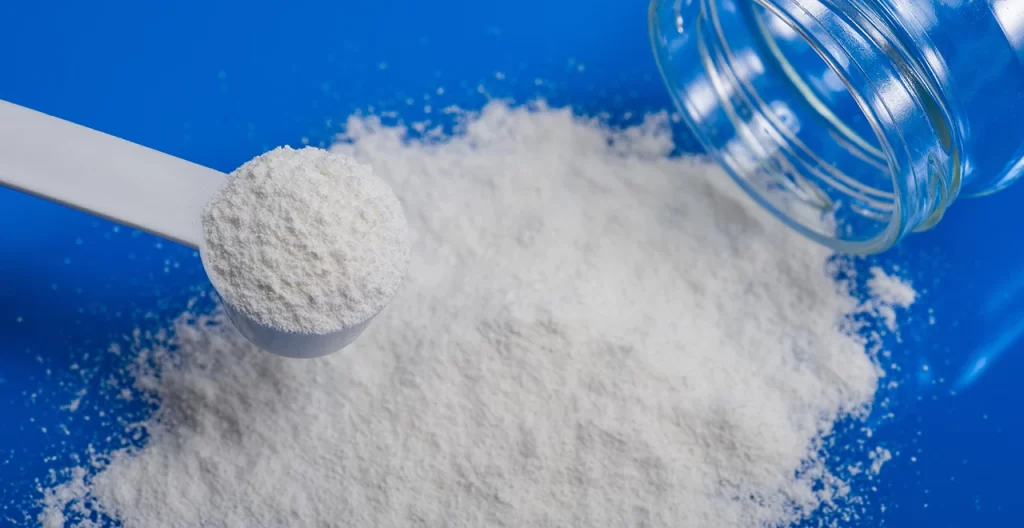Blog
Chemical Formulas for Sodium Carbonate: A Comprehensive Guide
Chemical formulas for sodium carbonate are essential for understanding this compound’s properties, structure, and applications in various industries. Sodium carbonate, commonly known as soda ash or washing soda, is widely used in household products, glass manufacturing, and chemical industries. Let’s explore the details of sodium carbonate, focusing on its chemical structure and key uses.
What is Sodium Carbonate?
Sodium carbonate, with the chemical formula Na2CO3, is a white, crystalline powder that dissolves easily in water. This compound is an inorganic salt that occurs naturally or can be manufactured synthetically. It plays a significant role in the production of glass, detergents, and various chemicals.
Chemical Formulas for Sodium Carbonate Explained
The chemical formula of sodium carbonate is Na2CO3. This formula indicates that each molecule of sodium carbonate consists of two sodium (Na) atoms, one carbon (C) atom, and three oxygen (O) atoms. The structure of sodium carbonate is essential to understanding its reactions and behavior in various applications.
Basic Chemical Formula: Na2CO3
The primary chemical formula for sodium carbonate is Na2CO3. This formula shows how the elements sodium, carbon, and oxygen combine to form this compound. Sodium carbonate acts as a base and is commonly used in industries that require pH regulation or neutralization of acidic substances.
Hydrated Forms of Sodium Carbonate
Sodium carbonate also exists in hydrated forms, where it bonds with water molecules. The most common hydrated form is Na2CO3·10H2O, known as sodium carbonate decahydrate.
The chemical formulas for sodium carbonate’s different forms include:
- Anhydrous Sodium Carbonate (Na2CO3): Contains no water molecules.
- Sodium Carbonate Monohydrate (Na2CO3·H2O): Contains one water molecule.
- Sodium Carbonate Decahydrate (Na2CO3·10H2O): Contains ten water molecules.

Uses of Sodium Carbonate in Various Industries
Sodium carbonate is a versatile compound, and understanding its chemical formulas helps explain why it is so widely used across different industries.
1. Glass Manufacturing
One of the largest consumers of sodium carbonate is the glass industry. Sodium carbonate acts as a flux to reduce the melting point of silica (SiO2), which is a key ingredient in glass. The addition of sodium carbonate makes the glass production process more energy-efficient.
2. Detergents and Cleaning Products
Sodium carbonate is a key ingredient in many household cleaning products, particularly laundry detergents. Its chemical properties help soften water, making it easier for detergents to remove dirt and stains. The compound’s high pH level enables it to neutralize acidic stains.
3. Water Treatment
Another important application of sodium carbonate is in water treatment. This is especially useful in municipal water systems and swimming pools.
4. Chemical Production
Sodium carbonate is used as a raw material in the manufacture of a wide range of chemicals, including sodium bicarbonate (baking soda), sodium silicate, and sodium hydroxide. Its alkaline properties make it a valuable ingredient in these chemical reactions.
5. Food Industry
In the food industry, sodium carbonate is used as a food additive (E500). It acts as an anti-caking agent, acidity regulator, and stabilizer in various food products. Its ability to maintain the pH balance of food makes it an important ingredient in food preservation.
Properties and Reactions of Sodium Carbonate
The chemical formulas for sodium carbonate highlight its basic and alkaline nature. This compound reacts with acids, producing carbon dioxide (CO2), water, and the corresponding salt. A classic example of this reaction is the interaction between sodium carbonate and hydrochloric acid (HCl):
Na2CO3 + 2HCl → 2NaCl + H2O + CO2
Importance of Understanding Chemical Formulas for Sodium Carbonate
Understanding the chemical formulas for sodium carbonate is essential for those working in industries that rely on this compound. Whether you are in glass manufacturing, water treatment, or chemical production, knowing how sodium carbonate behaves in different forms allows for its optimal use.
From its basic anhydrous form (Na2CO3) to its hydrated versions, sodium carbonate’s chemical structure and reactions offer a wide range of possibilities in both industrial and household applications.
Environmental Impact of Sodium Carbonate
Sodium carbonate, while valuable in many industries, can have environmental implications if not managed properly. The extraction and production processes can lead to environmental damage, such as the disruption of natural ecosystems. However, many industries are adopting greener methods to minimize this impact.
Conclusion
The chemical formulas for sodium carbonate, such as Na2CO3 and its hydrated forms, are central to understanding its uses and properties. Sodium carbonate plays a vital role in industries ranging from glass manufacturing to household cleaning. By comprehending its chemical structure, industries can effectively use sodium carbonate in various applications.
